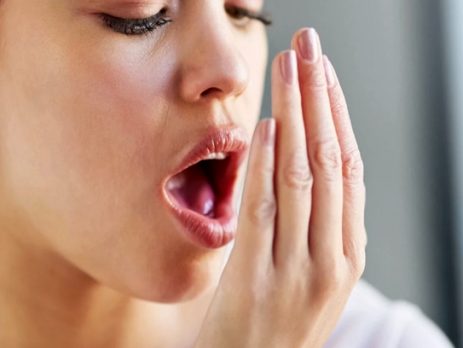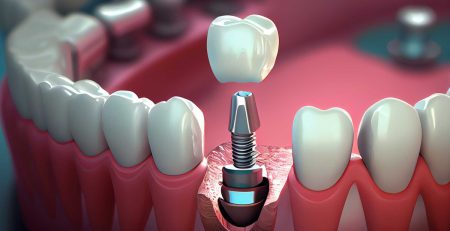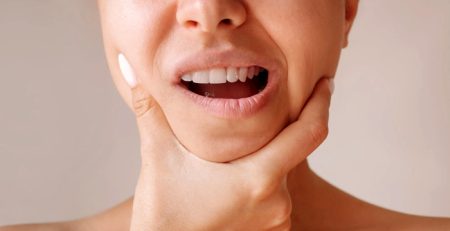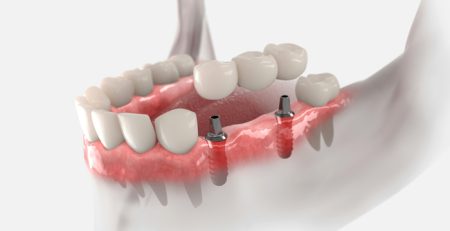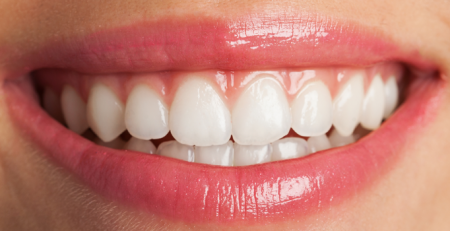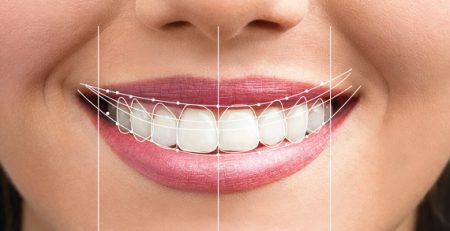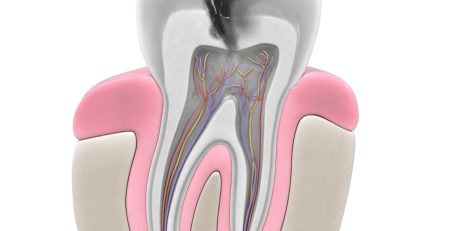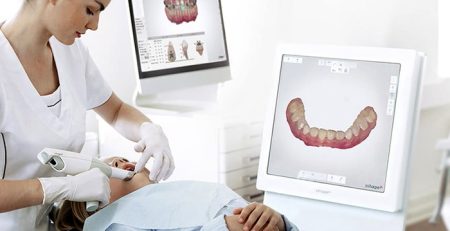Bad Breath (Halitosis) – Causes, Prevention, and Treatment | MelsaDent
Bad Breath (Halitosis) – Causes and Effective Solutions
Bad breath (halitosis) is a common problem that negatively affects social life and self-confidence. While a slight odor in the morning may be considered normal, persistent or chronic bad breath during the day is usually a sign of an underlying health issue. In this article, we cover in detail the causes of bad breath, preventive measures to stop it from becoming chronic, and effective treatment methods.
Main Causes of Bad Breath
Around 85% of bad breath originates from the mouth itself. However, in some cases, systemic diseases can also trigger this condition. Here are the main causes of bad breath:
1. Poor Oral Hygiene
Not brushing the teeth and tongue regularly and not using dental floss lead to bacterial buildup in the mouth. These bacteria produce foul-smelling sulfur compounds as they break down proteins.
2. Tooth Decay and Tartar
Food particles trapped in decayed areas encourage bacteria growth, causing unpleasant odors. Likewise, tartar also contributes to bad breath.
3. Gum Diseases (Gingivitis and Periodontitis)
Advanced gum disease creates pockets around the teeth. Bacteria and plaque accumulating in these pockets make bad breath chronic.
4. Tongue Coating
The tongue surface, especially the back, is a common site for bacteria accumulation. White or yellowish coating in this area is one of the primary sources of bad breath.
5. Reduced Saliva (Dry Mouth)
Saliva cleans the mouth and prevents bacteria growth. Stress, certain medications, dehydration, or medical conditions like Sjögren’s syndrome reduce saliva flow, causing halitosis.
6. Smoking and Alcohol
Both smoking and alcohol directly cause bad odor and disrupt oral flora, allowing harmful bacteria to multiply.
7. Dietary Habits
Garlic, onion, spicy foods, and high-protein diets may lead to bad breath. In addition, low-carb diets increase ketone production, resulting in unpleasant breath.
8. Systemic Diseases
– Sinusitis and tonsil infections
– Stomach problems (gastritis, reflux)
– Diabetes
– Kidney failure
– Liver diseases
These conditions disrupt the body’s balance and can cause halitosis.
Solutions for Bad Breath
The first step in treating bad breath is correctly identifying its source. Below are effective solutions to eliminate this problem:
1. Regular Oral Care
– Brush your teeth at least twice a day with fluoride toothpaste.
– Use a tongue scraper for tongue cleaning.
– Clean between teeth with floss or interdental brushes.
2. Professional Dental Cleaning
Regular dental check-ups and professional tartar cleaning prevent bacterial plaque. This significantly reduces bad breath.
3. Mouth Rinses
Antibacterial mouthwashes may temporarily mask bad odor, but they are not a permanent solution. Alcohol-free rinses are recommended.
4. Staying Hydrated
Drinking enough water throughout the day prevents dry mouth and supports saliva production, ensuring natural cleansing.
5. Balanced Nutrition
Reducing odor-triggering foods and focusing on fiber-rich, fresh foods supports both digestion and oral health.
6. Quitting Smoking and Alcohol
Avoiding these habits is crucial for eliminating persistent bad breath.
7. Treating Underlying Diseases
If the cause is not oral-related, patients should be referred to ENT or gastroenterology specialists to check for systemic conditions.
The Role of the Dentist in Treating Bad Breath
A dentist is the most qualified professional to determine the cause of halitosis. At MelsaDent, we identify oral and gum-related causes of bad breath with modern technology and apply personalized treatment plans. By treating periodontal disease, cleaning tartar, and giving tongue-cleaning recommendations, many of our patients have overcome this problem permanently.
Bad breath is both socially and psychologically uncomfortable. However, with proper oral hygiene, regular dental check-ups, and medical treatment if necessary, it is possible to eliminate this condition. If you suffer from persistent bad breath, visit our clinic to discover the underlying cause and effective treatment solutions.

